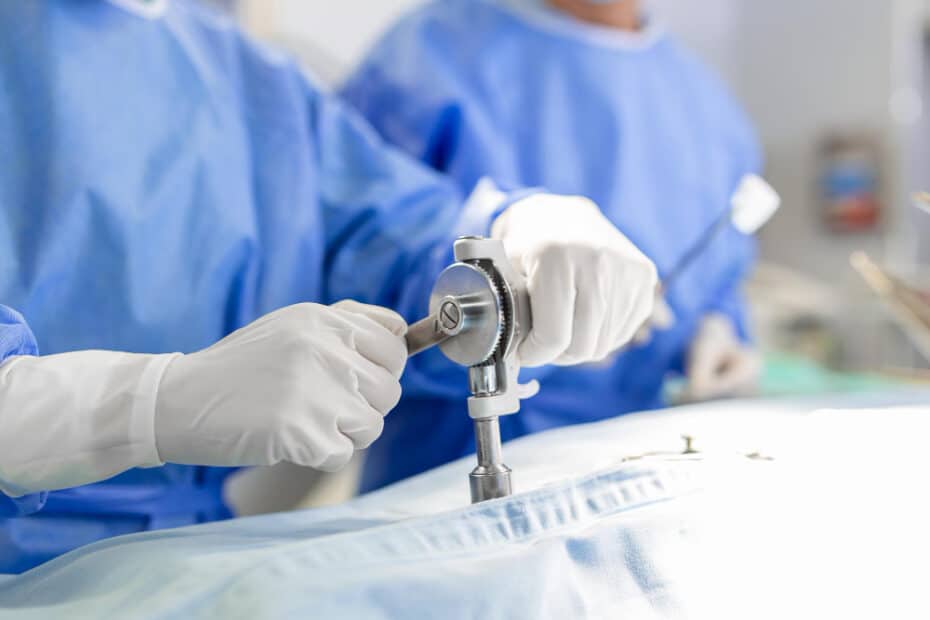One of the most common surgeries among men is prostate surgery. According to various data, more than fifty percent of men over the age of fifty may need this surgery, and as you get older, the numbers increase significantly.
Men who have a prostate problem are actually dealing with a situation in which their prostate grows and therefore they find themselves with a series of problems that may affect their daily functioning. Among other things, they are required to go to the bathroom many times, especially at night, feel a sense of pain when they urinate, create a weak and thin stream, and feel urgency every time they urinate.
It should be noted that most men who deal with prostate problems do not necessarily suffer from severe symptoms, but as they get older, the symptoms may become more severe, which will require them to undergo surgery.
Before we explain what exactly prostate surgery is, when it needs to be undergone and how to approach it, it is important to note that not every man who is dealing with an enlarged prostate necessarily needs to undergo surgery, and not everyone who has a prostate problem, necessarily suffers from cancer as many people think. It is very possible that this is a benign tumor that does not spread and is not dangerous, and therefore treatments, such as medications, can help. However, if you are at a more advanced stage, there is no choice but to undergo surgery.
How is prostate surgery performed and what is it for?
The purpose of prostate surgery It is to remove the core of the prostate and leave only its outer part. In this way, it is possible to release the blockage that is created, which creates pressure on the urinary bladder and causes cumulative damage in the area of the urinary tract and in more advanced cases may even cause significant damage to kidney function.
The surgery is currently performed using a very advanced method using endoscopic tools. Unlike in the past, it is not necessary to cut the abdomen in order to reach the area, but it is possible to insert a tube through the urethra using local anesthesia, with the help of which a fiber is inserted that includes an electric knife with which the incision is made in the blocking tissue, it is removed and thus the blockage is opened. The parts that were removed from the area are transferred for pathological examinations for further clarification.
What is important to know about prostate surgery?
First, as with any medical procedure, this type of surgery also has certain risks that need to be taken into account. From infection, urinary incontinence, bleeding, to effects on urinary control and other symptoms that can last a long time. In case of any problem, contact your doctor.
Second, however, it is a relatively simple surgery. As we mentioned, it develops without the need for complicated surgical operations, under local regional anesthesia (in some cases it is performed under general anesthesia) and usually lasts a short time, as does the subsequent recovery.
Third, before proceeding to the surgery, the doctor and the medical staff will provide all the relevant information to the patient and his family.


